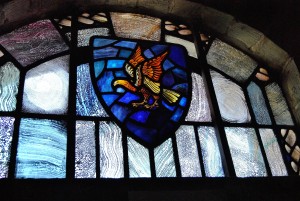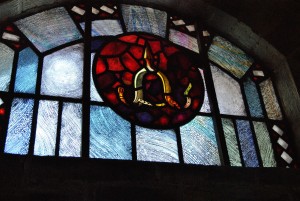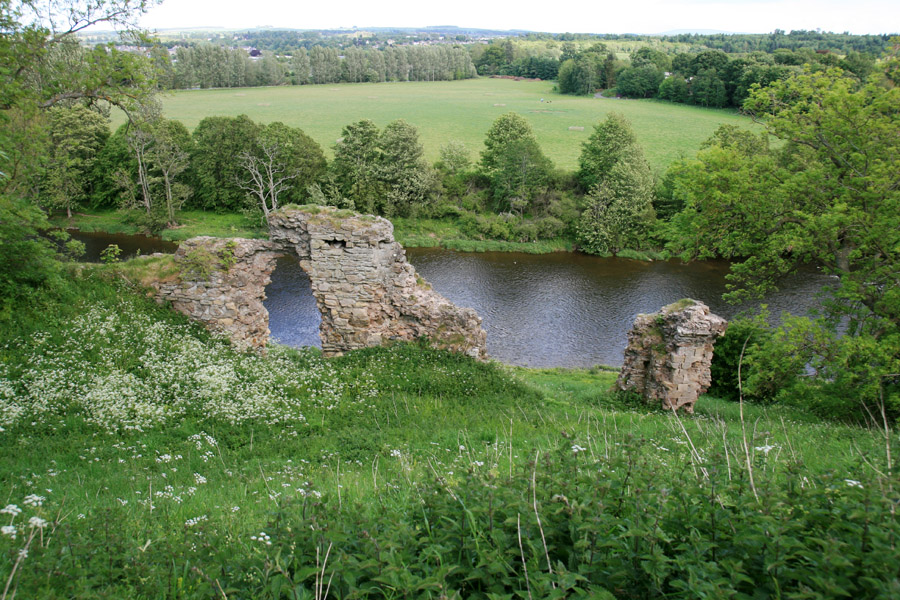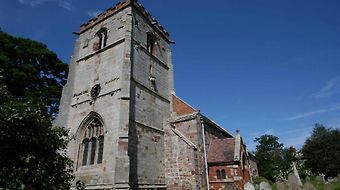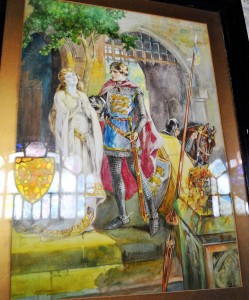So here we are again…looking at books….and while on Wed. I spent time showing how a place in a book could be transposed by avid readers to an actual—if not necessarily supported by fact—place. Today we’re gonna look at claims made in a specific book as an example of what you should look at before you take even a book presented as fact as the real thing.
Pictures still from Tintagel’s Halls of Arthur.
Also will be a bit about our favorite series as well.
He concludes that Camelot was a name invented by Chretien de Troyes, and possibly not relevant to the Arthur myth.
http://www.jasoncolavito.com/blog/review-of-the-lost-tomb-of-king-arthur-by-graham-phillips-part-1


Today’s book is The Lost Tomb of King Arthur
By Graham Phillips
When researching a book for plausibility the first place to look is the Author (in this case writing about Arthur). He is described as a reporter for BBC radio and founding editor of Strange Phenomena magazine. Ok that doesn’t really tell me a lot but the magazine name isn’t promising.
OH what else has he written?
Previous books:
End of Eden–in which he blames a comet 3500 years ago for causing wars, abandonment of old and taking up new gods, as well as the disappearances of civilizations including those in the Hindus Valley and the builders of Stone Henge—-HUM?.
Merlin & The Discovery of Avalon in the New World–A real Roman Merlin (this is based on an 8th century–300 years after Arthur was felt to be about–Irish manuscript) who sailed off to North America. So is Avalon in the new world or in England per the new book we’re looking into.
The Templers and the Ark of the Covenant—and then we can add Indiana Jones and we have a movie script.
So far, at least from my limited knowledge may not be very good by conventional standard of the believable. However if you’re looking for something a it more unconventional he doesn’t sound bad.

‘In the Oxford University Library there is a poem from the Dark Ages which refers to the kings from Wroxeter who were buried at the Churches of Bassa – and when you think about anywhere in Shropshire that sounds similar, you think of Baschurch.
‘There is a place that matches the description just outside the village, an earthworks known as The Berth, which were two islands in a lake, though obviously the lake has now gone.’

Other books include one on Robin Hood whom he finds existed just in a different place and time and Shakespeare who was so poorly document because he was a government spy and one on Mary Queen of Scott’s sacred stone which was buried in central England.

The first book to present the true identity of the mythic figure Merlin – Uncovers historical evidence that the legend of Merlin was based on the life of a real man – Reveals that Avalon, Merlin’s final resting place, was an island in the United States
https://www.bookdepository.com/Merlin-Discovery-Avalon-New-World-Graham-Phillips/9781591430476

.
The book places Arthur’s main site—city,. fort, or encampment—at Wroxeter at a Roman site, called VIrocanium by the conquerors who built it and Rome’s fourth largest city in Great Britain. During the time estimated to appropriate to Arthur (530-570 AD) there were several building built of wood frames on rubble platforms built on the existing Roman Site which was declining after the Empire’s with draw. Late it became an Anglo Saxon site. There is local tradition that Wroxeter was the site of Arhtur’s capital and Dr. Garth Evans said while the site could have been Arthur’s fortification it also could also have been any number of other local war lords as there is no evidence to support who the commander was.
There are in fact many places that have been estimated to be the fort or capital of Camelot. One of the favorites is Caerleon in South Wales a pick of Geoffrey of Monmouth and Chreton de Troyes—early “experts” on Arthur. This site is a Roman fort. Cadbury Castle in Somerset, an Iron Age Fort which was used after the Roman withdrawal until about AD 580. Winchester, Hampshire is listed too but was the home of King Alfred the great which many people think the tradition is just confusion about which king was there. Even Tintagel, Cornwall is mentioned, but that pretty much is maintained as his birthplace rather than his long term residence.
There are other lesser known sites including our author’s choice as well as Arthur’s Seat in Edinburgh, The Roman Fort of Camboglanna on Hadrian’s Wall, also in Colchester and Roxbury Castle on the Scottish Border to name a few of the lesser favorites.
I am inspired mainly by the fact that they are mysteries. The idea of being the first person to solve something is really exciting to me. Graham Phillips
As we’ve previously noted in a quote, he takes the site location from a similar name and the fact that it is said that the Kings of Sussex were buried here….He goes on to say that previous excavation had been done and a piece of metal and he feels that this is Arthur buried with his shield. Of course surprise, surprise the town has put a trail up and is hyping the Arthur reference with the trail.
Historians that I put more stock in like Geoffrey Ashe and others pick Glastonbury, a favorite as the site of Arthur’s burial: “Most historians, not all, have dismissed the exhumation as fraudulent. Arthur’s grave, they would have us believe, was concocted to enhance the Abbey’s prestige and attract funds for rebuilding, after a recent fire. Another motive perhaps was political. Welshmen were encouraged to resist English domination by the hope that Arthur would return and help them. Proof that he was dead, and wouldn’t, might have been expected to dispel that hope and win royal favour.
“Both these motives are plausible, and they are often cited as if they were proven facts. The truth is that they are modern speculations only. There is no serious evidence that the grave ever was exploited to raise money, or used as a propaganda weapon. In 1962-3 excavations by Ralegh Radford confirmed the monks’ account so far as it could be confirmed. They had dug where they said and they had uncovered an early burial. To that extent, then, the grave was genuine”

Arthur is discovered to have come from a tribe resettled in northern central Wales, and to have led a nationalist Christian pact of British tribes against the pagan invaders. “Arthur”, the authors conclude, is merely a title, and his true name Owen Ddantgwyn. They also identify his burial place as a mound called The Berth, north-west of Shrewsbury
https://www.amazon.com/King-Arthur-Story-Graham-Phillips/dp/0785733531
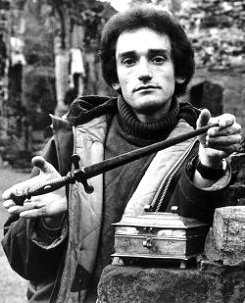
So what have we decided? If you’re looking for alternative and the less conservative look on things you probably have found that this might be the book and Author for you…Also this particular subject is pretty much wide open for interpretation as there’s not been a lot of real hands on evidence that can’t be interpreted several ways so I’ve found that with this subject it’s what works for you—but still if you’re looking at different books on more specific subjects there’s still some other things that might help you:
The cons to this artist: Jason Colavito : an American author. Colavito wrote The Cult of Alien Gods: H. P. Lovecraft and Extraterrestrial Pop Culture and is a contributor to Skeptic magazine. Colavito claims that Phillips uses a lot of other author’s material in his books and calls him a “so-called” real life Indiana Jones.
On the other hand Andrew Collins, wrote Gobekli: Genesis of the Gods, states that his books: “reveal the true history of…the legendary king.”

There was almost certainly more than one chapel at Baschurch, otherwise the place would not have been called the Churches (plural) of Bassa in the seventh century. Medieval churches were often built on the sites of pre-existing Dark Age chapels, and records from the early twelfth century record three churches in the area, but only one was close to the shores of the original lake. Indeed, its foundation stones were still visible in the early twentieth century. It was beside a lane around 200 metres to the south-east of southern Berth causeway, but the stones were removed and the site tarmacked over when a modern road was laid in the 1930s
http://www.grahamphillips.net/arthur_tomb/arthur_tomb8.html

You can get the book through
INNER TRADITIONS
BEAR & CO. CATALOG
They also have books on the suppressed history of American banking; Templar sanctuaries in North America and one on how Sumeria was destroyed by an ancient nuclear event and ancient astronauts.

He is now calling on English Heritage to allow an investigation on an earthworks just outside the village, while he is also interested in looking at the site of a former chapel.
http://metro.co.uk/2016/05/17/historian-claims-he-has-worked-out-where-king-arthur-is-really-buried-5888518/#ixzz4aOYRcFKv

http://www.smithsonianmag.com/smart-news/palace-unearthed-king-arthurs-birthplace-180960035/#XCOrMQyKTdqlMsFF.99

Archaeological evidence indicates that there probably was a church at Glastonbury Abbey in the early Dark Ages. There is evidence that the monks did excavate at the Abbey and possibly found burials near the Lady Chapel. These may have been royal bones, as many early English kings were buried there. Archaeolgical excavations at Glastonbury Tor indicate that the site was occupied in the 5th century AD and was probably a fortified site. One version of the legend has Guinevere being abducted to Glastonbury Tor, which was then a fortification, held by King Melwas.
http://www.sfu.ca/archaeology-old/museum/kingarth/4avala.html


